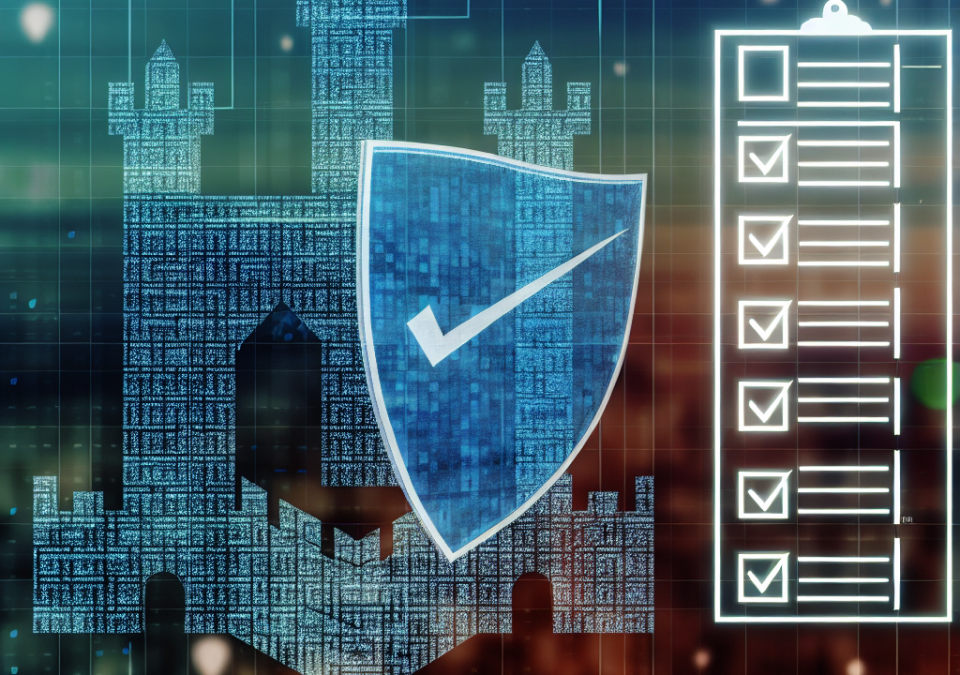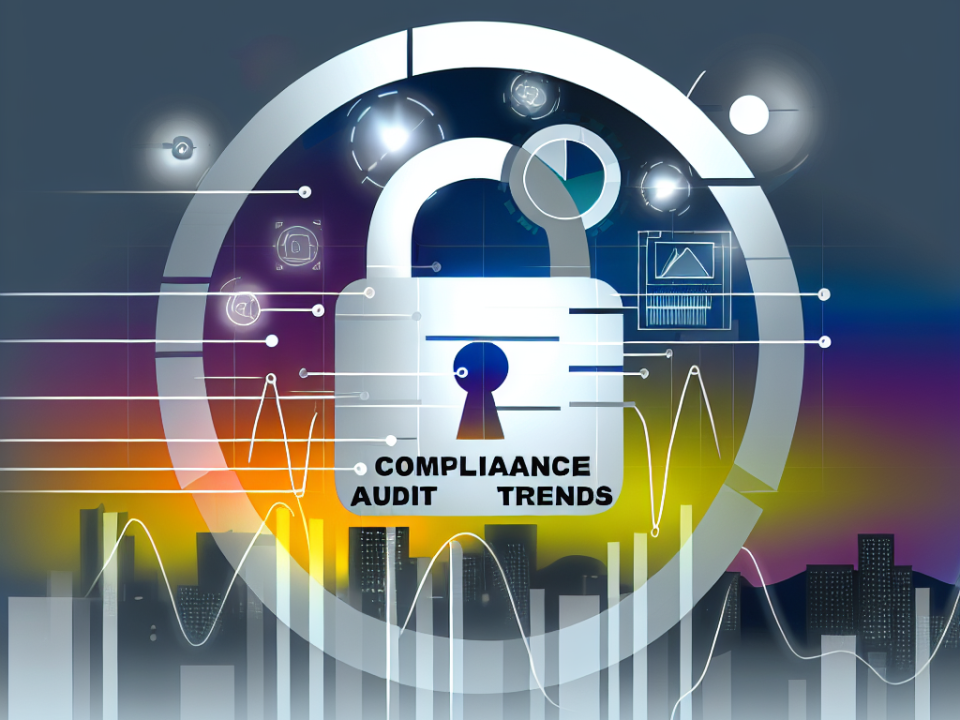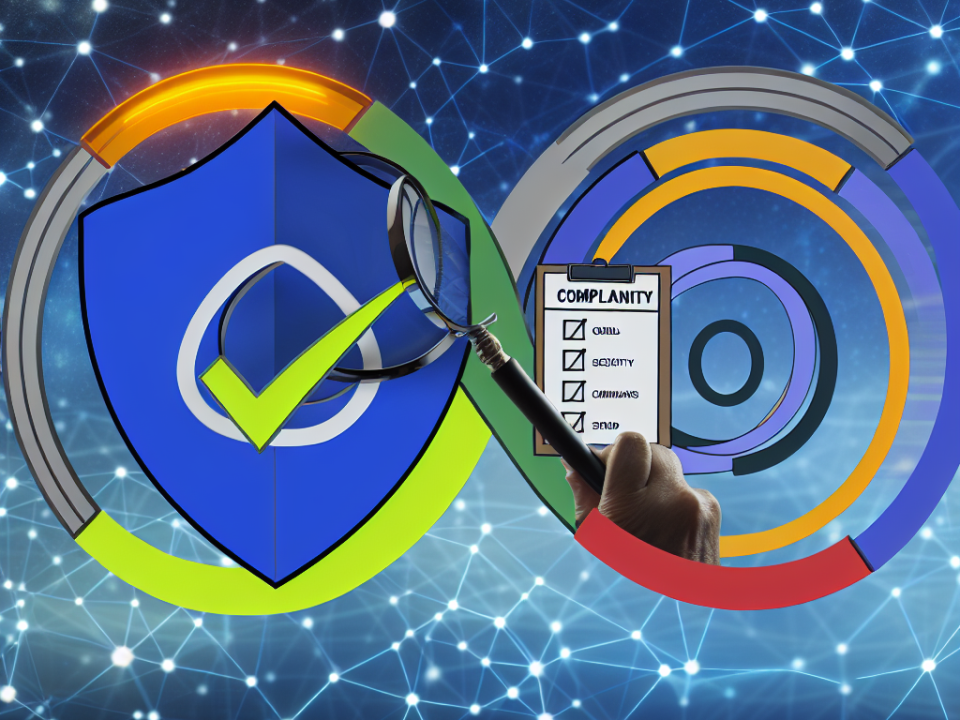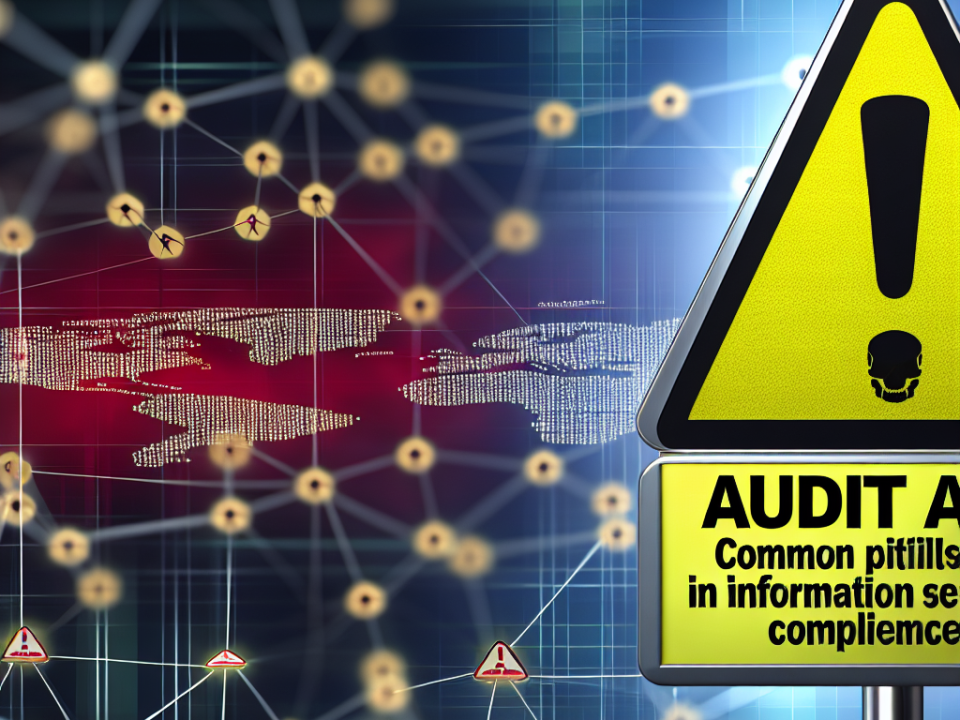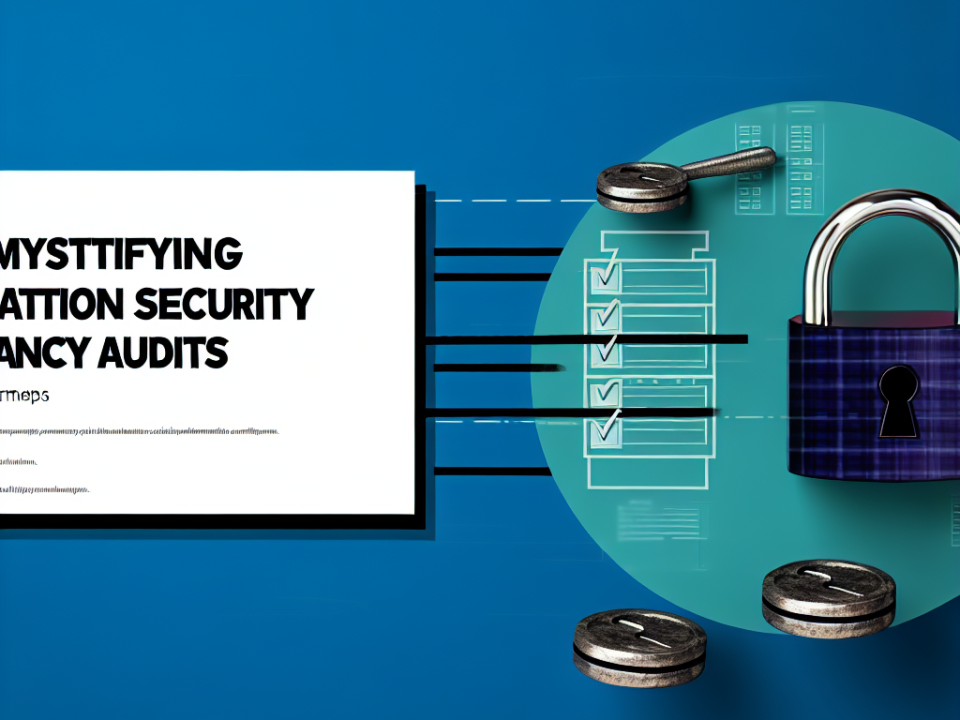
Securing the Cloud: An In-Depth Look at Technologies and Trends
July 7, 2025
Defense in Depth: Layering Security for Your Cloud Infrastructure
July 8, 2025
In today’s increasingly digital world, cybersecurity has rapidly evolved from a niche concern to a critical component of business operations. With cyber threats becoming more sophisticated and prevalent, organizations are recognizing that a robust cybersecurity framework is essential for protecting sensitive data and maintaining trust. A key aspect of this framework is compliance—adhering to established laws, regulations, and standards designed to safeguard information. This article explores the vital role that compliance plays in reinforcing cyber defense mechanisms.
Understanding Compliance
Compliance in cybersecurity refers to adhering to a set of laws, regulations, and standards that govern how organizations handle data protection, privacy, and security. Examples include:
- General Data Protection Regulation (GDPR): Sets stringent rules on data protection for individuals within the European Union.
- Health Insurance Portability and Accountability Act (HIPAA): Regulates the use and disclosure of protected health information in the healthcare sector.
- Payment Card Industry Data Security Standard (PCI DSS): Outlines requirements for organizations that handle credit card transactions.
Compliance frameworks provide a structured approach to identifying, assessing, and managing cybersecurity risks. They offer guidelines that organizations can follow to ensure they are protecting sensitive data effectively.
The Importance of Compliance in Cybersecurity
1. Establishing Trust and Credibility
Compliance fosters trust among customers, partners, and stakeholders. When organizations can demonstrate adherence to industry standards and regulations, they signal a commitment to data security and privacy. This is particularly crucial in industries that handle sensitive information, such as finance and healthcare, where trust is paramount.
2. Risk Management
Compliance frameworks assist organizations in identifying and mitigating potential risks. By following established guidelines, businesses can implement risk assessments, regular audits, and vulnerability assessments. This proactive stance helps organizations anticipate threats before they escalate into more serious incidents.
3. Legal and Financial Protection
Non-compliance can lead to significant legal and financial repercussions. Regulatory bodies can impose hefty fines for violations, and the costs associated with data breaches—including litigation, remediation, and reputational damage—can be staggering. Compliance helps organizations mitigate these risks, protecting their bottom line and sustainability.
4. Standardization of Procedures
Compliance frameworks provide a foundation for best practices, helping organizations standardize their cybersecurity procedures. This uniformity is particularly important in large organizations with multiple departments and teams, as it fosters a cohesive security culture and minimizes security blind spots.
5. Continuous Improvement
Compliance is not a one-time effort but an ongoing process. Regulations and threats evolve, requiring organizations to continuously update their security policies, procedures, and technologies. This dynamic nature ensures that organizations stay on top of emerging threats and trends, thereby strengthening their overall cybersecurity posture.
Integrating Compliance into Cybersecurity Strategies
To effectively integrate compliance into a cybersecurity strategy, organizations should consider the following steps:
1. Assessment of Current Policies
Conduct a thorough assessment of existing cybersecurity policies and compare them against applicable regulations and standards. Identify gaps and areas for improvement.
2. Education and Training
Invest in training programs for employees to raise awareness about compliance requirements and best practices. A well-informed workforce is integral to maintaining a strong cybersecurity posture.
3. Audits and Monitoring
Regular audits are essential for ensuring ongoing compliance. Organizations should implement monitoring systems to detect and respond to potential security incidents in real-time.
4. Collaboration Across Departments
Ensure that all departments work together to achieve compliance. Cybersecurity is a cross-functional concern that requires collaboration between IT, legal, marketing, and operations teams.
5. Investment in Technology
Utilize technology that aligns with compliance requirements, such as encryption tools and identity management systems. These technologies can enhance both security and compliance efforts.
Conclusion
In conclusion, compliance plays a pivotal role in strengthening an organization’s cybersecurity defenses. By adhering to established laws and standards, businesses can not only safeguard sensitive data but also build trust with stakeholders, manage risks effectively, and avoid costly legal repercussions. In an era where cyber threats are ever-evolving, embracing compliance as a core tenet of cybersecurity is not only wise but essential for long-term viability and success. As organizations navigate the complex landscape of cybersecurity, understanding and implementing compliance will be crucial to building a resilient defense against future threats.

